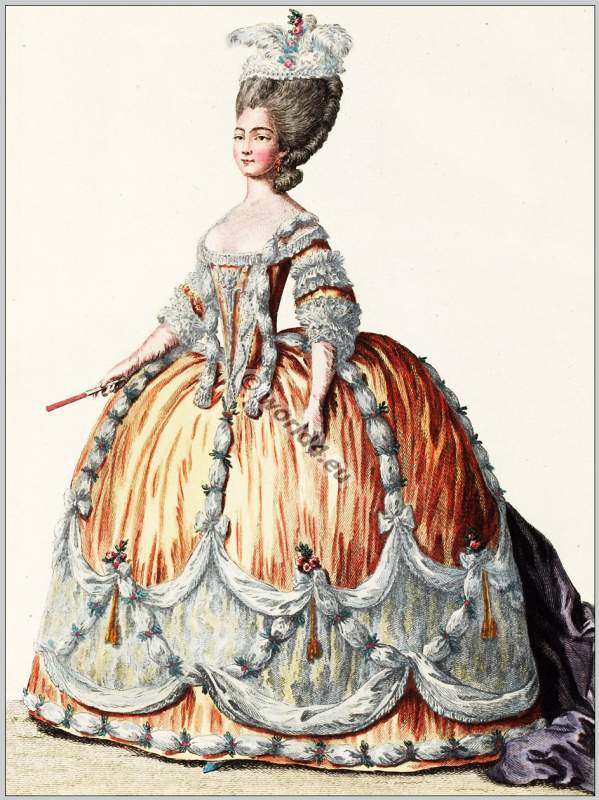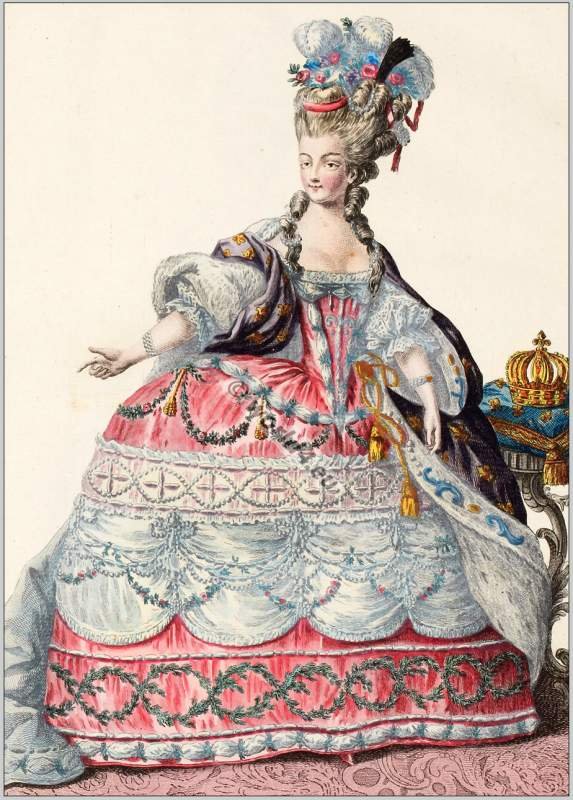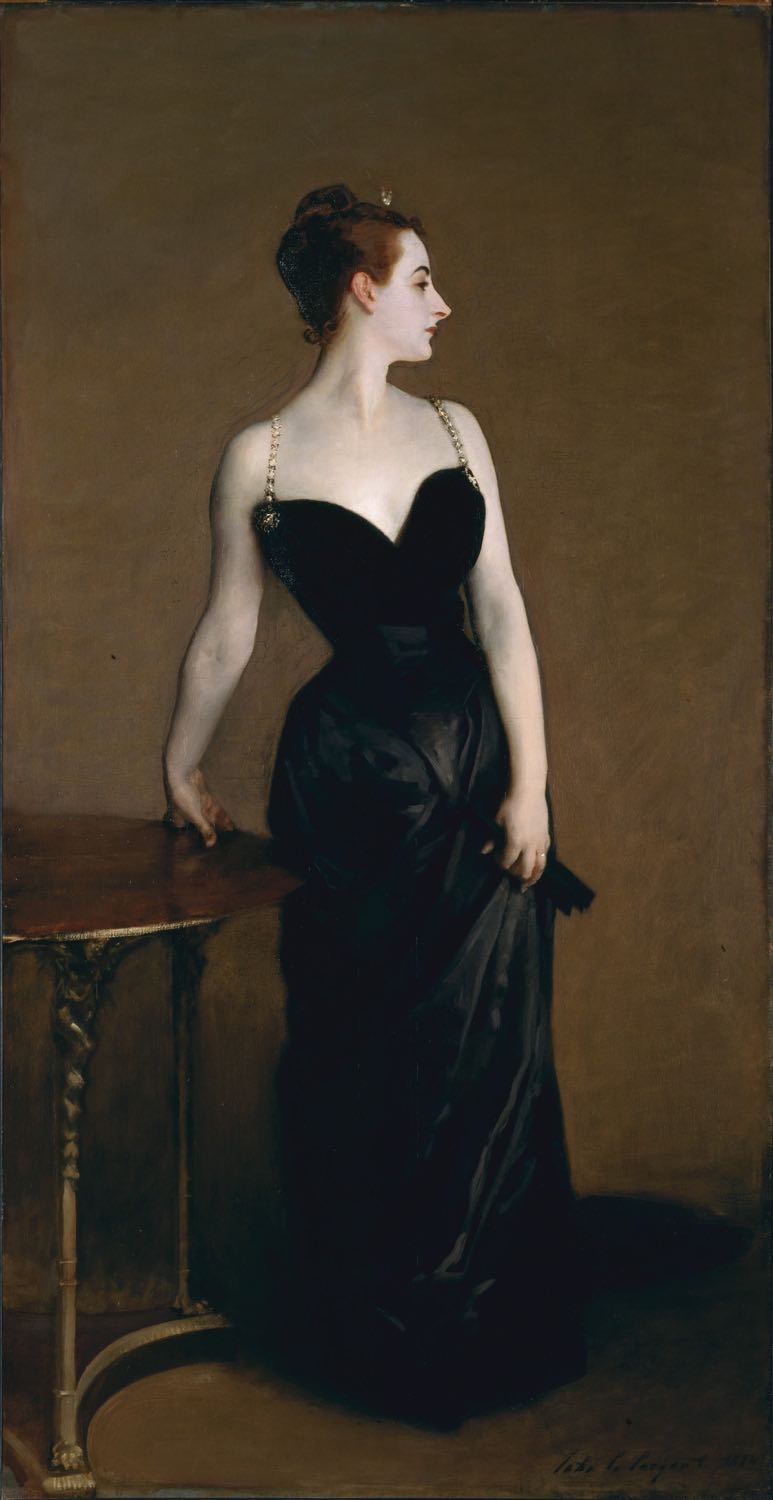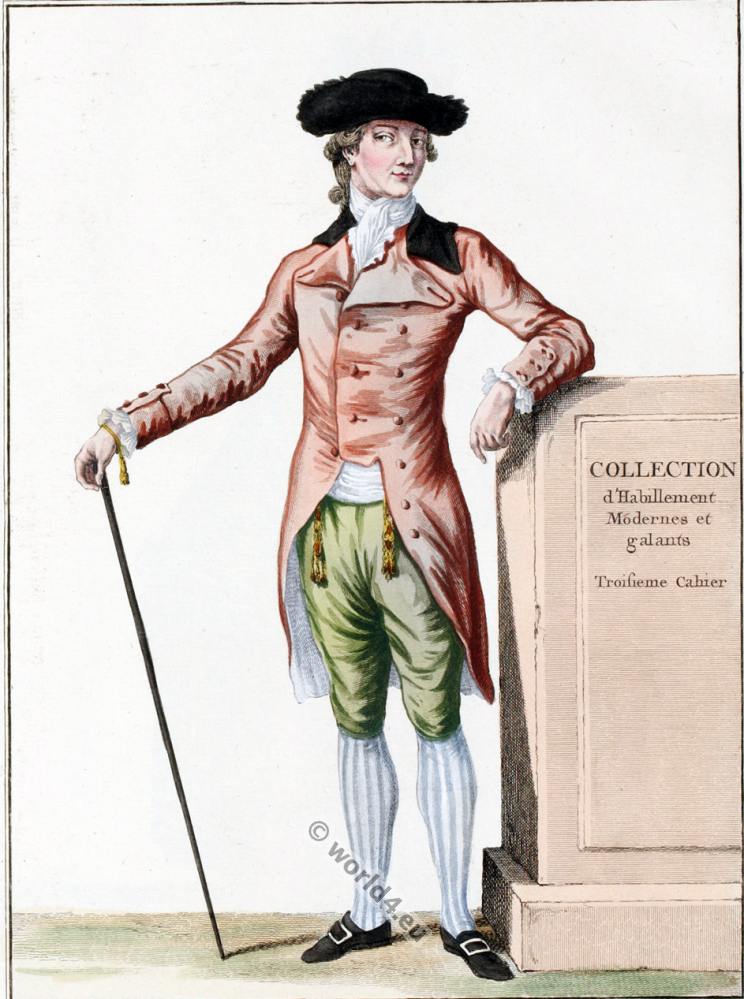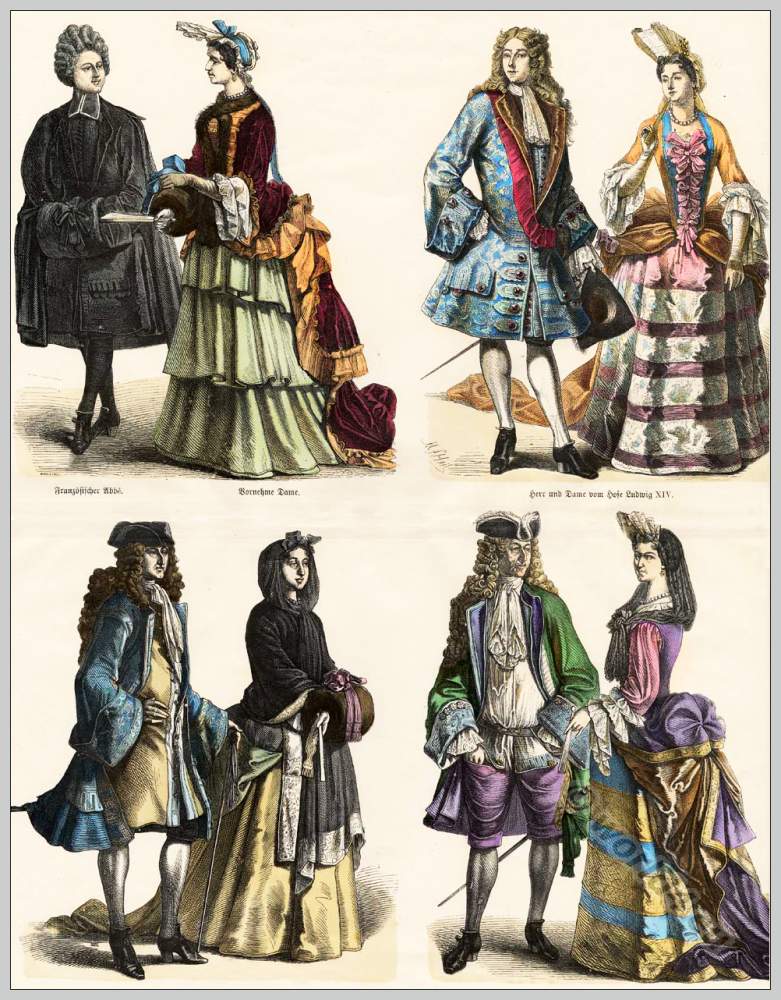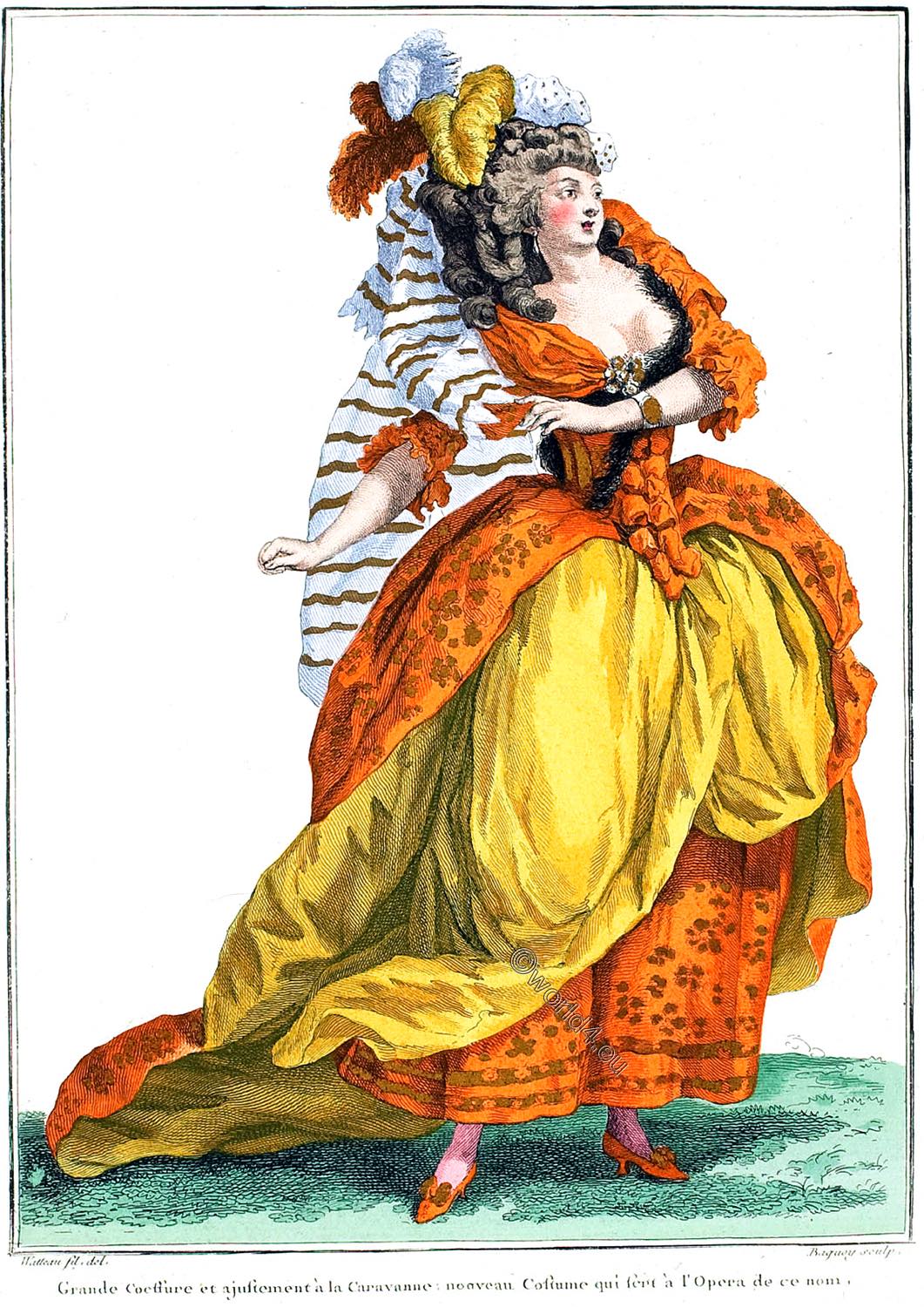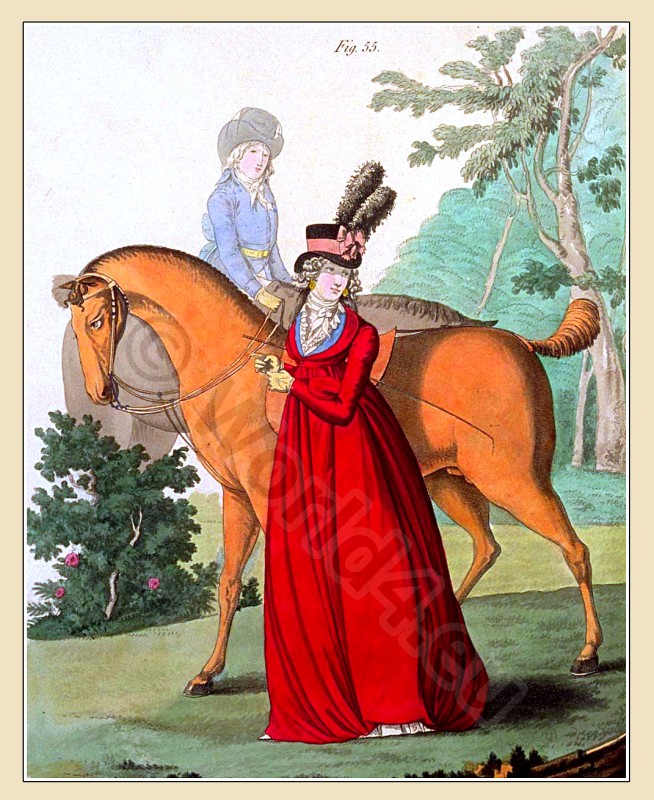Madame Marie-Joséphe-Louise de Savoie in court dress 1780.
Marie-Joséphe-Louise de Savoie, princesse de Sardaigne, Madame; vétûe d’une robe de cour garnie en Coque et Draperie, avec des glands, Coëffée en toque, chevelu, surmontée d’un Pouf, garni de plumes, avec un bouquet de Fleurs dans le milieu.
Marie-Joséphe-Louise de Savoie, Princesse de Sardaigne, 1753-1810, wearing a court dress trimmed in hull and drapery, with tassels, topped with a pouf, trimmed feathers, with a bouquet of flowers in the middle.
Collection d’habillements modernes et galants avec les habillements des princes et seigneurs. Paris 1780. Dessiné par Claude-Louis Desrais; Gravé par Martial Deny; Carl de Vinck. Éditeur et marchand, André Basset.


